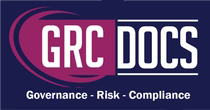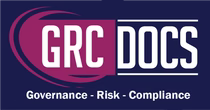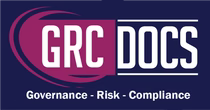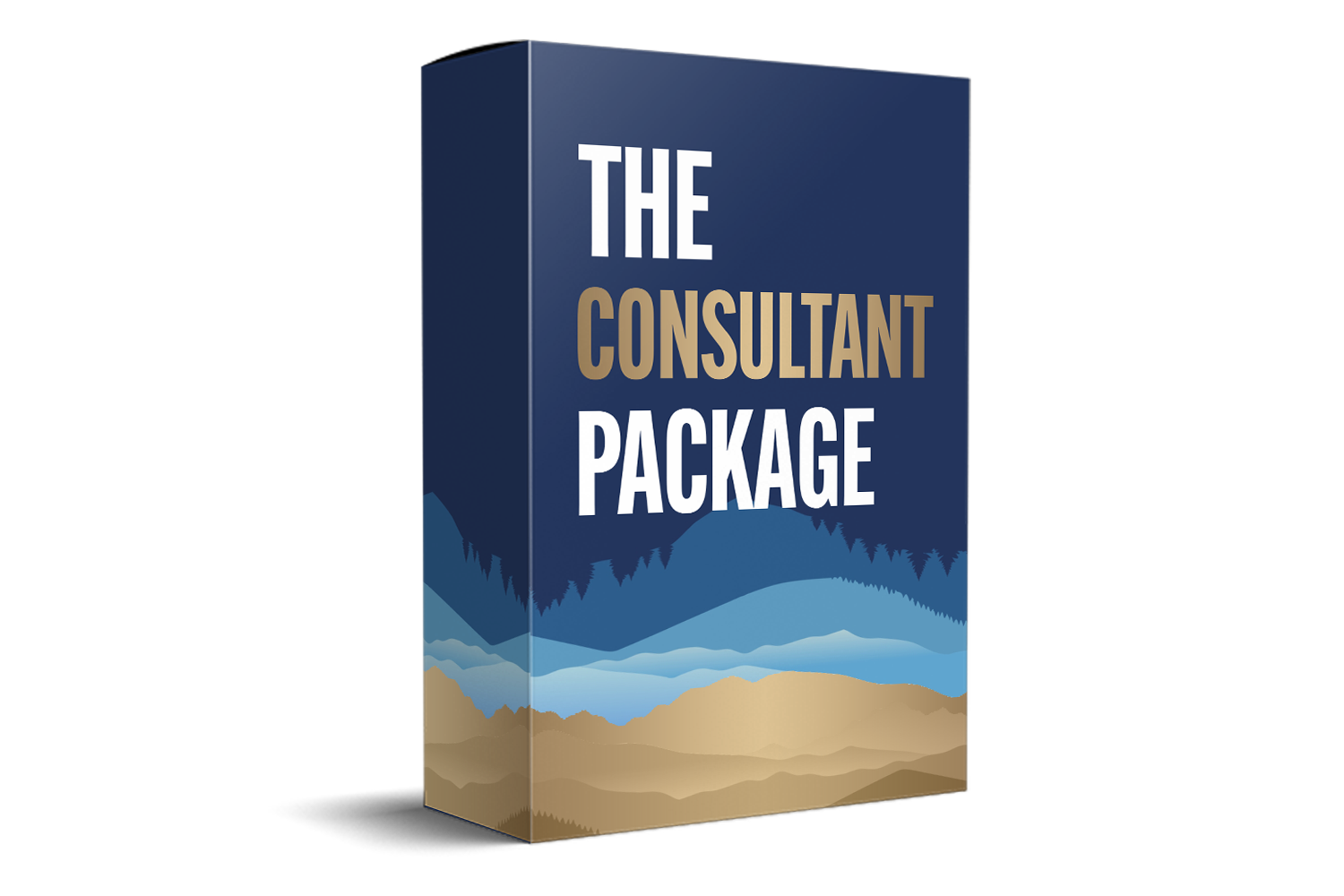NIST RMF Toolkit With SoA Template: Implementation Guide
Introduction
Navigating the complex world of cybersecurity can be daunting, especially when it comes to implementing a robust risk management framework (RMF). The National Institute of Standards and Technology (NIST) offers a comprehensive framework designed to help organizations manage and mitigate cybersecurity risks effectively. This article will delve into the NIST RMF toolkit, including the Statement of Applicability (SoA) template, to provide you with the insights needed to enhance your cybersecurity posture. By understanding and applying these tools, organizations can better protect their assets and ensure compliance with industry standards.

Key Components Of The NIST Framework
-
Identify: Understanding and managing cybersecurity risks to systems, assets, data, and capabilities. This involves developing an organizational understanding to manage cybersecurity risk to systems, people, assets, data, and capabilities. It lays the groundwork for effective risk management by establishing the context in which the rest of the framework operates.
-
Protect: Developing safeguards to ensure the delivery of critical infrastructure services. Protection processes are crucial for limiting or containing the impact of a potential cybersecurity event. These measures include access control, awareness training, data security, and protective technology deployment.
-
Detect: Implementing activities to identify the occurrence of a cybersecurity event. Rapid detection of cybersecurity events is vital for effective response and mitigation. This component includes developing and implementing appropriate activities to detect the occurrence of a cybersecurity event swiftly.
-
Respond: Taking action regarding a detected cybersecurity incident. The response component focuses on developing and implementing the appropriate activities to take action on detected cybersecurity incidents. It includes response planning, analysis, mitigation, and improvements.
-
Recover: Maintaining plans for resilience and restoring capabilities or services impaired due to a cybersecurity incident. Recovery planning supports timely restoration of normal operations to reduce the impact from a cybersecurity incident. This includes recovery planning, improvements, and communications.
What Is The NIST RMF Toolkit?
The NIST RMF toolkit is a collection of tools and resources designed to assist organizations in implementing the Risk Management Framework. It simplifies the process of managing cybersecurity risks by providing a structured approach to identify, assess, and manage these risks. By offering detailed guidance and resources, the toolkit empowers organizations to implement the RMF effectively and efficiently.
The toolkit includes a variety of resources, such as guidelines, templates, and checklists, that streamline the risk management process. Organizations can use these resources to assess their current security posture, identify gaps, and implement necessary controls. By providing a clear roadmap, the NIST RMF toolkit helps organizations navigate the complex landscape of cybersecurity risk management, ensuring that they can protect their critical assets and comply with industry standards.
Benefits Of Using The NIST RMF Toolkit
-
Comprehensive Guidance: Offers detailed instructions on implementing the RMF. The toolkit provides step-by-step guidance that covers every aspect of the risk management process, making it easier for organizations to understand and apply the framework.
-
Flexibility: Can be tailored to meet the specific needs of different organizations. The toolkit's flexibility allows organizations to adapt the RMF to their unique risk profiles, ensuring that the measures implemented are both effective and practical.
-
Efficiency: Streamlines the process of managing cybersecurity risks. By providing clear guidance and resources, the toolkit helps organizations implement the RMF more efficiently, saving time and resources.
-
Compliance: Assists in meeting regulatory and compliance requirements. By following the guidelines provided in the toolkit, organizations can ensure that they comply with relevant industry standards and regulations, reducing the risk of non-compliance penalties.
Introducing The SoA Template
One of the critical components of the NIST RMF toolkit is the Statement of Applicability (SoA) template. This document outlines the controls that are applicable to an organization's information systems and explains how these controls are implemented. The SoA serves as a key communication tool, providing stakeholders with a clear understanding of the organization's security posture.
The SoA template is not just a documentation tool but also a strategic asset in risk management. It helps organizations identify which controls are necessary, justify their implementation, and monitor their effectiveness. By documenting these decisions, the SoA template provides a clear record that can be used to demonstrate compliance and support continuous improvement efforts.
Importance Of The SoA Template
The SoA template serves as a foundational document in the RMF process. It is crucial for:
-
Documenting Control Decisions: Clearly outlines which controls are implemented and why. This documentation provides transparency into the decision-making process, ensuring that all stakeholders understand the rationale behind each control.
-
Demonstrating Compliance: Provides evidence of compliance with cybersecurity standards. By clearly documenting the controls in place, the SoA template helps organizations demonstrate compliance with industry standards and regulatory requirements.
-
Facilitating Communication: Helps communicate the organization's cybersecurity posture to stakeholders. The SoA serves as a communication tool that can be used to convey the organization's security strategy and efforts to stakeholders, including management, customers, and auditors.
Steps To Implement The NIST RMF Toolkit With the SoA Template
Implementing the NIST RMF toolkit with the SoA template involves a series of structured steps. Let's explore these steps to help you get started. By following these steps, organizations can ensure a comprehensive and effective implementation of the RMF, enhancing their cybersecurity posture.
Step 1: Categorize Information Systems
The first step involves categorizing your information systems based on their importance to your organization. This helps in prioritizing resources and efforts towards the most critical systems. By understanding the value and impact of each system, organizations can allocate their cybersecurity efforts more effectively.
Categorization involves assessing the potential impact of a security breach on the organization's operations, assets, and individuals. This assessment informs the selection of security controls and helps prioritize resources to protect the most critical systems. Proper categorization is essential for aligning cybersecurity efforts with business objectives and ensuring that the most valuable assets are adequately protected.
Step 2: Select Security Controls
Once your systems are categorized, the next step is to select appropriate security controls. The NIST SP 800-53 provides a comprehensive list of controls to choose from, ensuring that your systems are protected against potential threats. By selecting controls that align with the organization's risk profile, you can build a robust security framework.
Selecting the right controls involves evaluating the organization's risk tolerance, regulatory requirements, and operational needs. This process ensures that the selected controls are both effective and practical, providing the necessary protection without hindering business operations. By tailoring the controls to the organization's unique needs, you can maximize their effectiveness and ensure compliance with industry standards.
Step 3: Implement Security Controls
With the selected controls in hand, it's time to implement them. This involves integrating the controls into your existing processes and systems, ensuring that they are effectively protecting your information assets. Implementation requires careful planning and coordination to ensure that the controls are applied consistently and effectively.
Implementation involves deploying technical solutions, updating policies and procedures, and training staff to ensure that the controls are effectively integrated into the organization's operations. By taking a holistic approach to implementation, organizations can ensure that their cybersecurity measures are robust and comprehensive. This step is critical for translating the selected controls into actionable measures that protect the organization's assets.
Step 4: Assess Security Controls
After implementation, it's crucial to assess the effectiveness of the controls. This involves testing and evaluating the controls to ensure they are functioning as intended and addressing potential vulnerabilities. Regular assessments are essential for maintaining the effectiveness of the security controls and identifying areas for improvement.
Assessing security controls involves conducting regular audits, vulnerability assessments, and penetration testing to evaluate the controls' effectiveness. This process helps identify weaknesses and gaps in the security framework, allowing organizations to address them proactively. By continuously monitoring and assessing the controls, organizations can ensure that their cybersecurity measures remain effective over time.
Step 5: Authorize Information Systems
Once the controls have been assessed, the next step is to authorize the information systems for operation. This involves obtaining formal approval from the relevant authorities, ensuring that all risks are managed to an acceptable level. Authorization is a critical step in the RMF process, providing assurance that the systems are secure and compliant.
Authorization involves reviewing the assessment results and ensuring that all identified risks are addressed before granting approval for the systems to operate. This step provides a formal sign-off from senior management, demonstrating their commitment to cybersecurity and risk management. By obtaining authorization, organizations can ensure that their systems are secure and compliant with industry standards.
Step 6: Monitor Security Controls
The final step involves continuous monitoring of the security controls. This ensures that the controls remain effective over time and can adapt to changing threats and environments. Continuous monitoring is essential for maintaining a proactive security posture and ensuring that the organization's cybersecurity measures remain relevant and effective.
Monitoring involves regularly reviewing and updating the security controls to address new threats and vulnerabilities. This process includes collecting and analyzing data to identify trends and potential issues, allowing organizations to respond quickly to emerging threats. By continuously monitoring their security controls, organizations can maintain a strong cybersecurity posture and protect their critical assets.
Best Practices For Using The NIST RMF Toolkit And SoA Template
-
Tailor the Framework: Customize the RMF to fit your organization's specific needs and requirements. By adapting the framework to your unique risk profile, you can ensure that the measures implemented are both effective and practical.
-
Engage Stakeholders: Involve key stakeholders throughout the process to ensure buy-in and support. By engaging stakeholders, you can foster a culture of security and ensure that everyone is committed to the organization's cybersecurity efforts.
-
Regular Updates: Keep the SoA template and other documents up to date to reflect changes in the threat landscape. Regular updates ensure that your security measures remain relevant and effective in addressing emerging threats.
-
Continuous Improvement: Use insights from monitoring and assessments to continuously improve your cybersecurity posture. By adopting a proactive approach to security, you can stay ahead of potential threats and ensure that your organization remains secure.
Conclusion
The NIST RMF toolkit, coupled with the SoA template, provides a robust framework for managing cybersecurity risks. By following the structured approach outlined above, organizations can enhance their cybersecurity posture, comply with regulatory requirements, and protect their critical information systems from emerging threats. Remember, cybersecurity is an ongoing process that requires continuous attention and improvement to remain effective in an ever-evolving threat landscape. With these tools and insights, you are well-equipped to navigate the complexities of cybersecurity and safeguard your organization's digital assets. By leveraging the NIST RMF toolkit and SoA template, you can build a comprehensive security framework that protects your organization from a wide range of cyber threats. Stay vigilant, stay informed, and stay secure.






